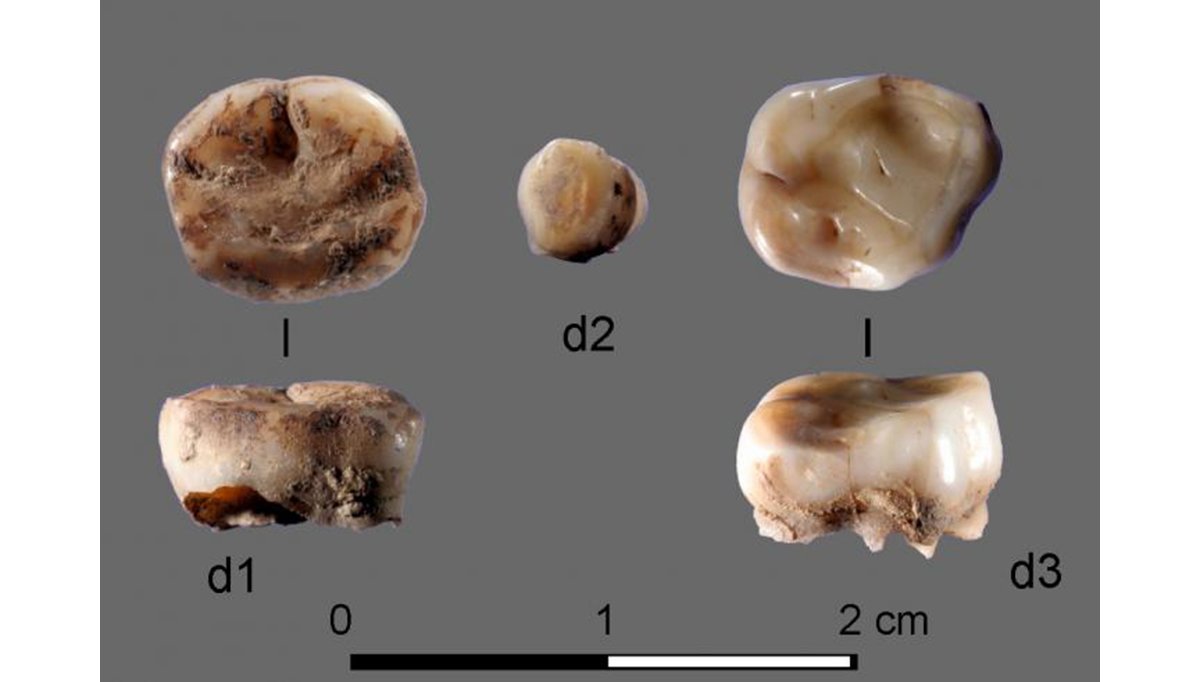A group of researchers found 31000-year-old teeth from children in an archaeological site in north eastern Siberia. The unearthed milk teeth samples reveal a yet unknown group of people that habituated the now remote area during the last Ice Age Period.
These findings are part of another study that unearthed 10,000-year-old human remains at another Siberian site. The researchers believe that those populations are closely related to Native Americans, making the study the first time to link native Americans to another group of humans outside the U.S.
The group consisted of an international team of scientists led by Professor Eske Willerslev at St John’s College at the University of Cambridge and director of the Lundbeck Foundation Centre for GeoGenetics at the University of Copenhagen. Researchers in the team named the group revealed by the DNA of the 31000-year-old teeth the “Ancient North Siberians,” describing the findings as a “significant part of human history.”
The DNA analysis from the milk teeth revealed they belong to the only human remains found in the site that belonged to that era. The two tiny milk teeth were found near the Yana River in Russia. The site was discovered in 2001, hiding more than 2,500 artifacts ranging from animal bones and ivory to stone tools which hint at the presence of early humans.
The findings were published as part of a wider study in the journal Nature, pointing at Ancient North Siberians who withstood harsh weather conditions 31,000 years ago. They survived by hunting woolly mammoths, as well as woolly rhinoceroses and bison.
“These people were a significant part of human history, they diversified almost at the same time as the ancestors of modern day Asians and Europeans and it’s likely that at one point they occupied large regions of the northern hemisphere,” Professor Willerslev said in a statement.
“They adapted to extreme environments very quickly, and were highly mobile. These findings have changed a lot of what we thought we knew about the population history of north eastern Siberia but also what we know about the history of human migration as a whole,” Dr. Martin Sikora, of the Lundbeck Foundation Centre for GeoGenetics and first author of the study, said.
The researchers believe that the population of humans at the site that left behind the evidence of the 31000-year-old teeth would be around 40 people, while the wider population would have consisted of around 500 humans. The genetical analysis revealed that there were no signs of inbreeding, which was commonly found in the declining Neanderthal population at that time.
“Remarkably, the Ancient North Siberians people are more closely related to Europeans than Asians and seem to have migrated all the way from Western Eurasia soon after the divergence between Europeans and Asians,” Professor Laurent Excoffier from the University of Bern, Switzerland, said.
Researchers around the world have accepted the theory that humans came to the Americas from Siberia to Alaska using the land bridge in the Bering Strait, which submerged when the ice began melting at the end of the last Ice Age.





